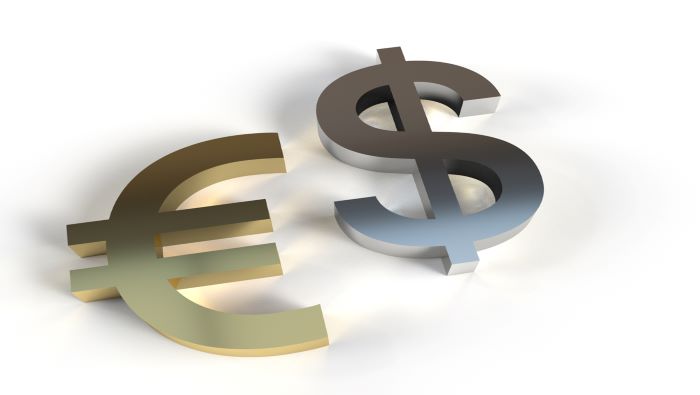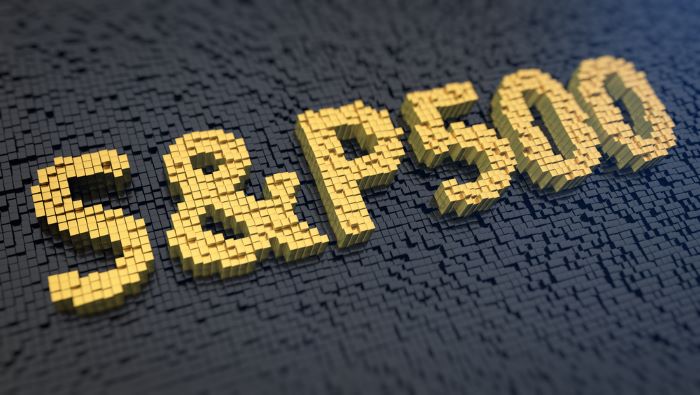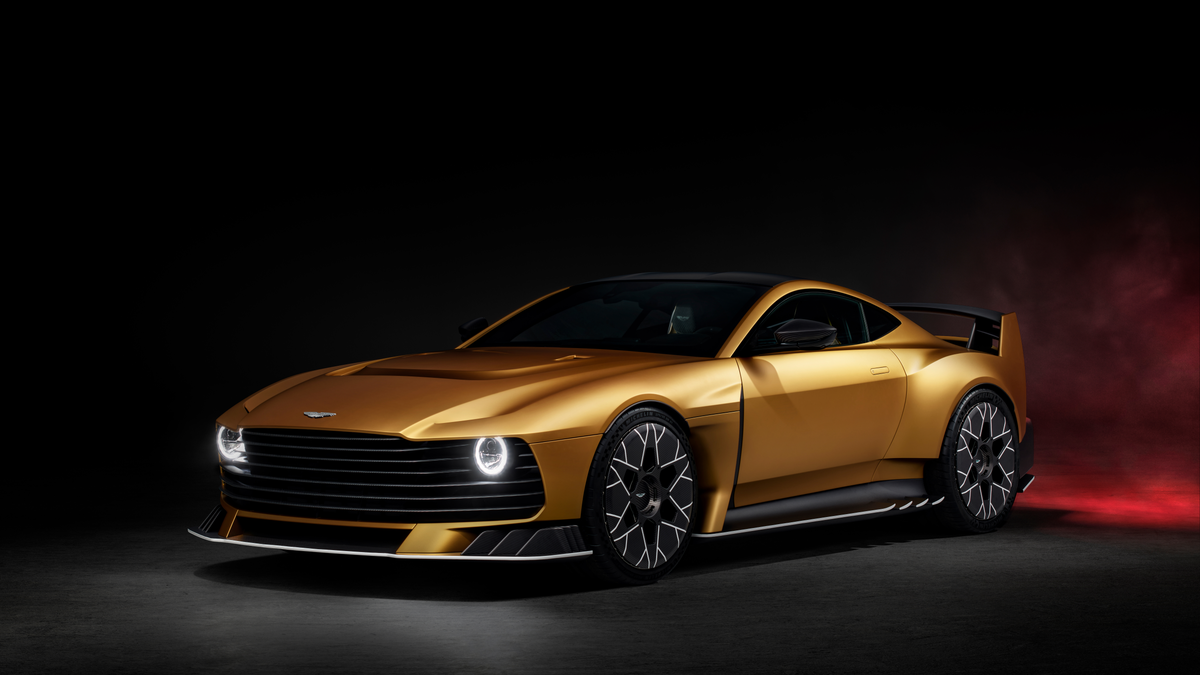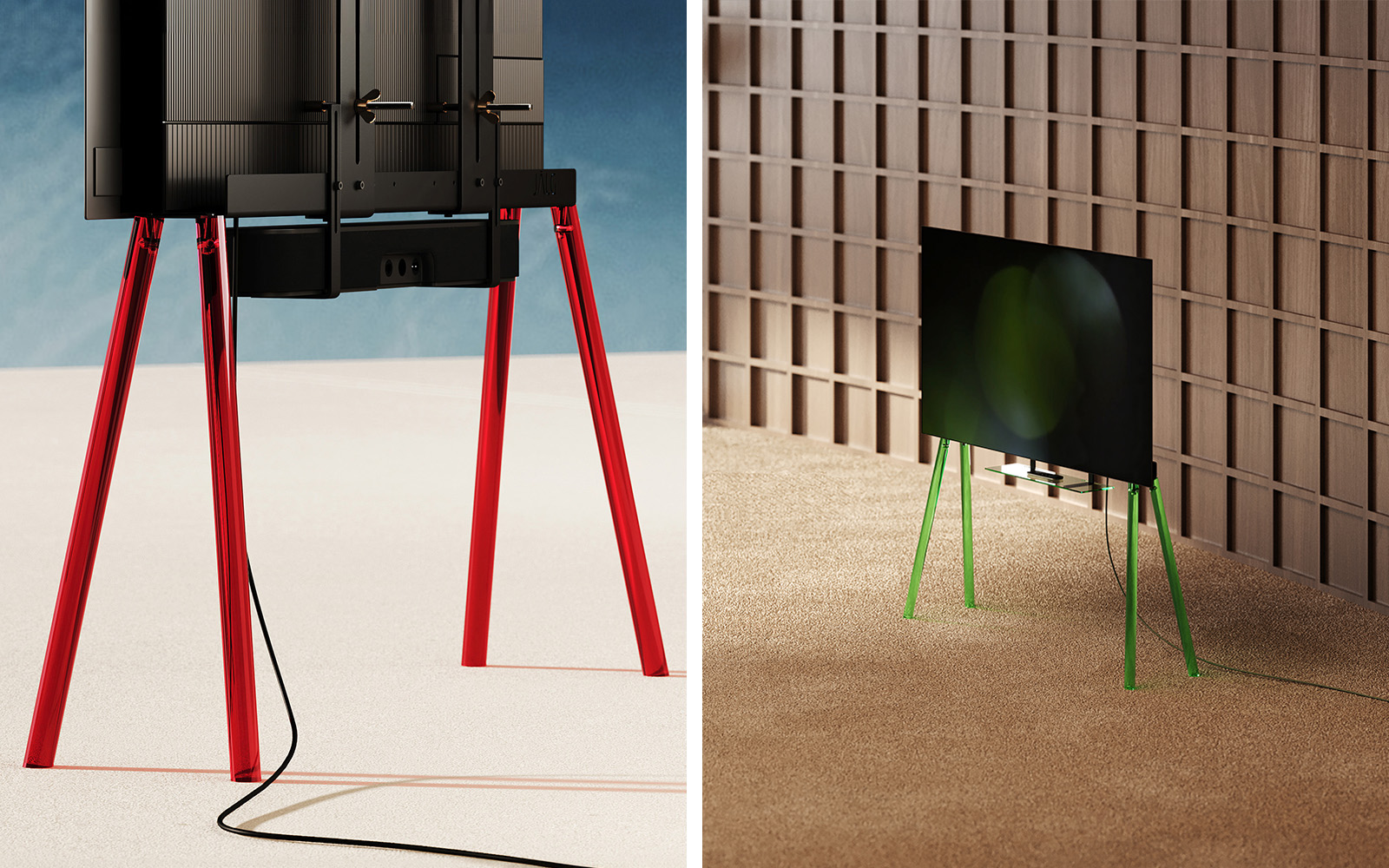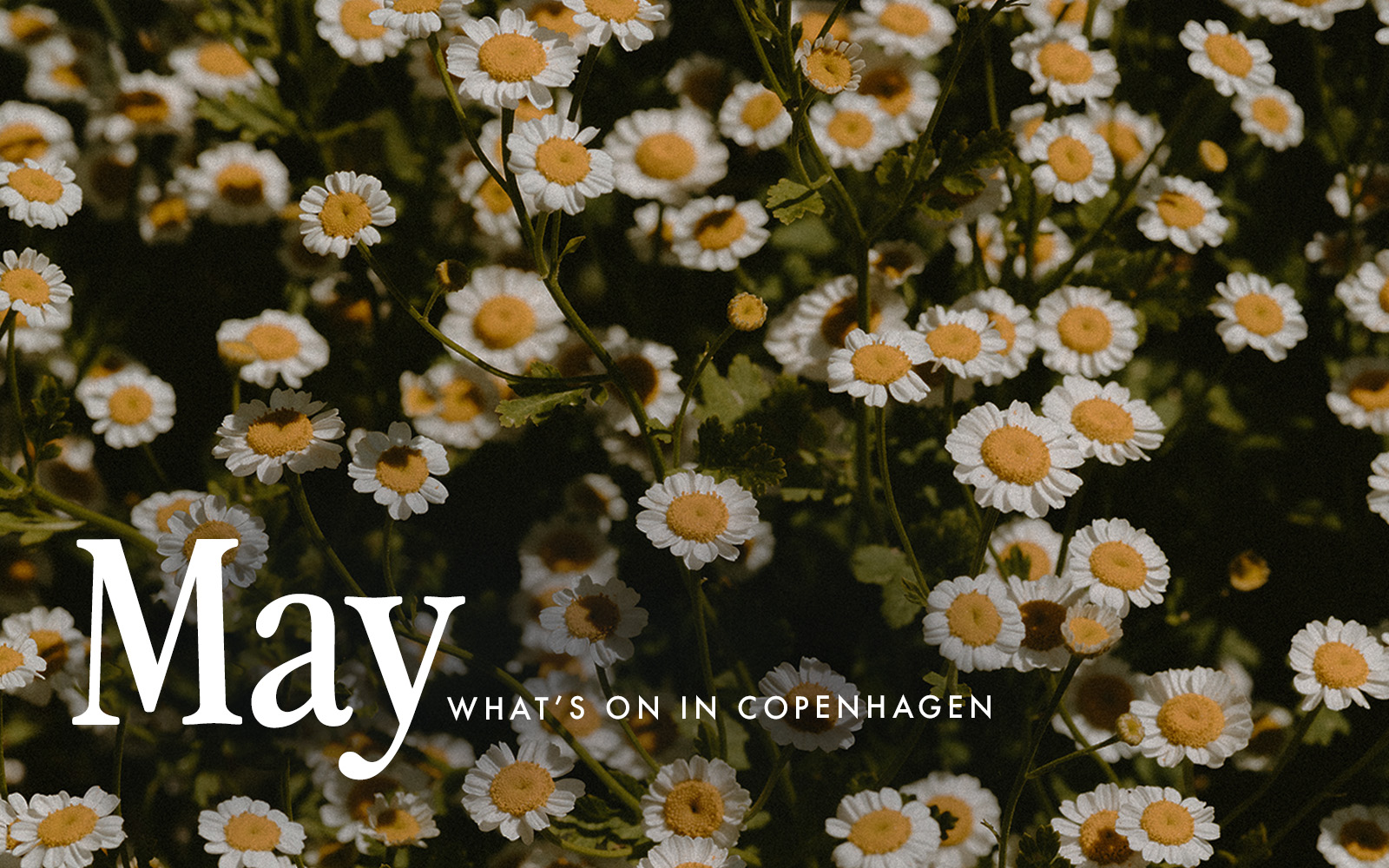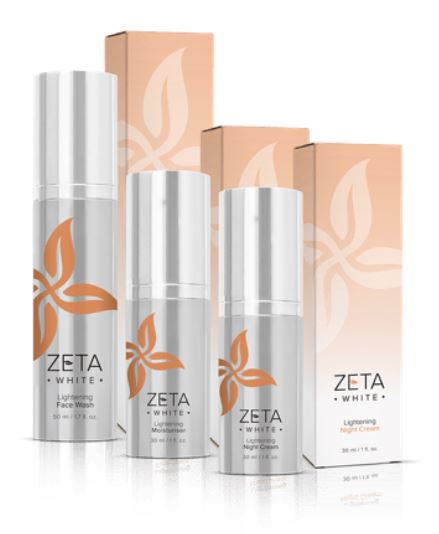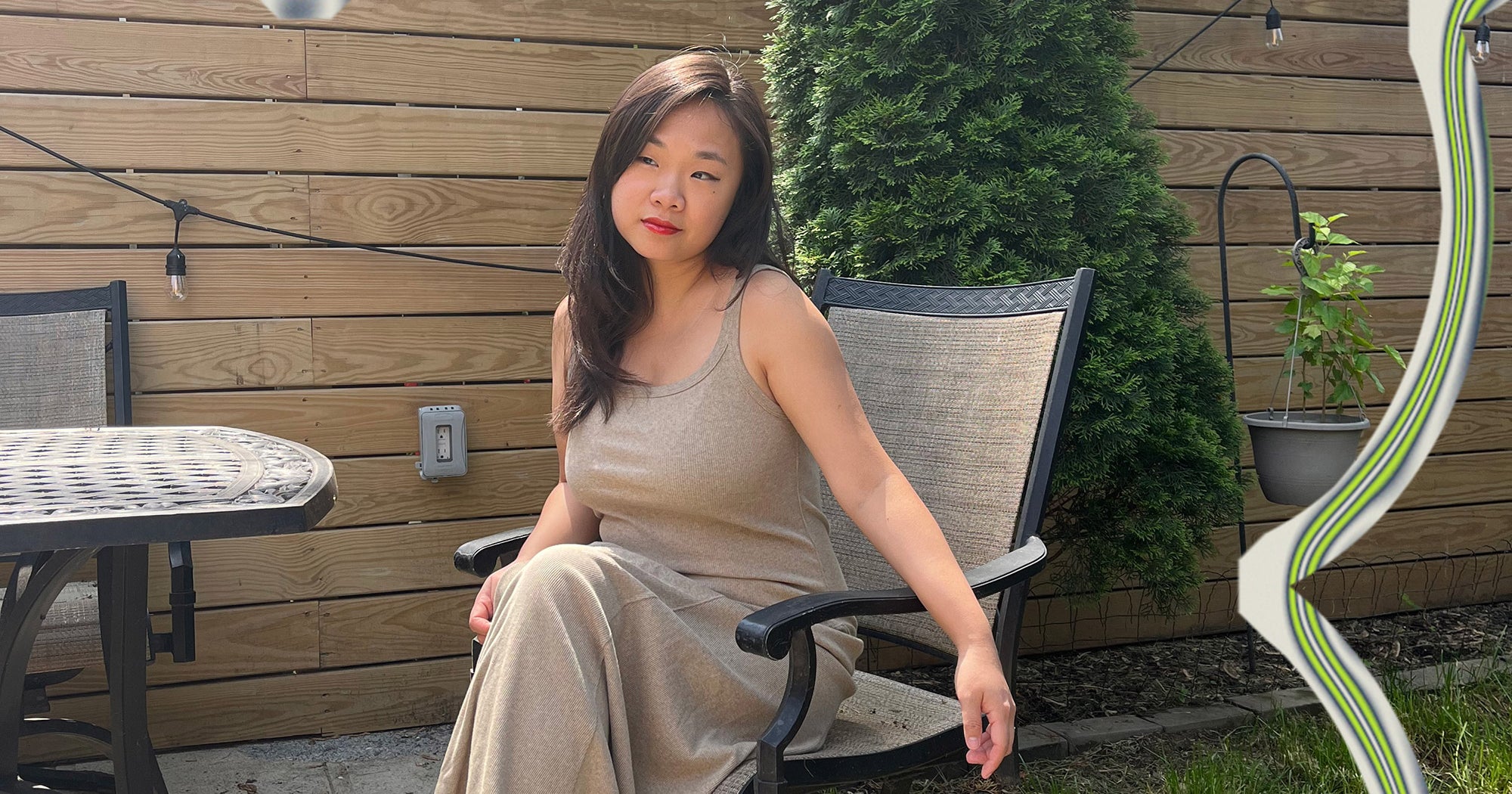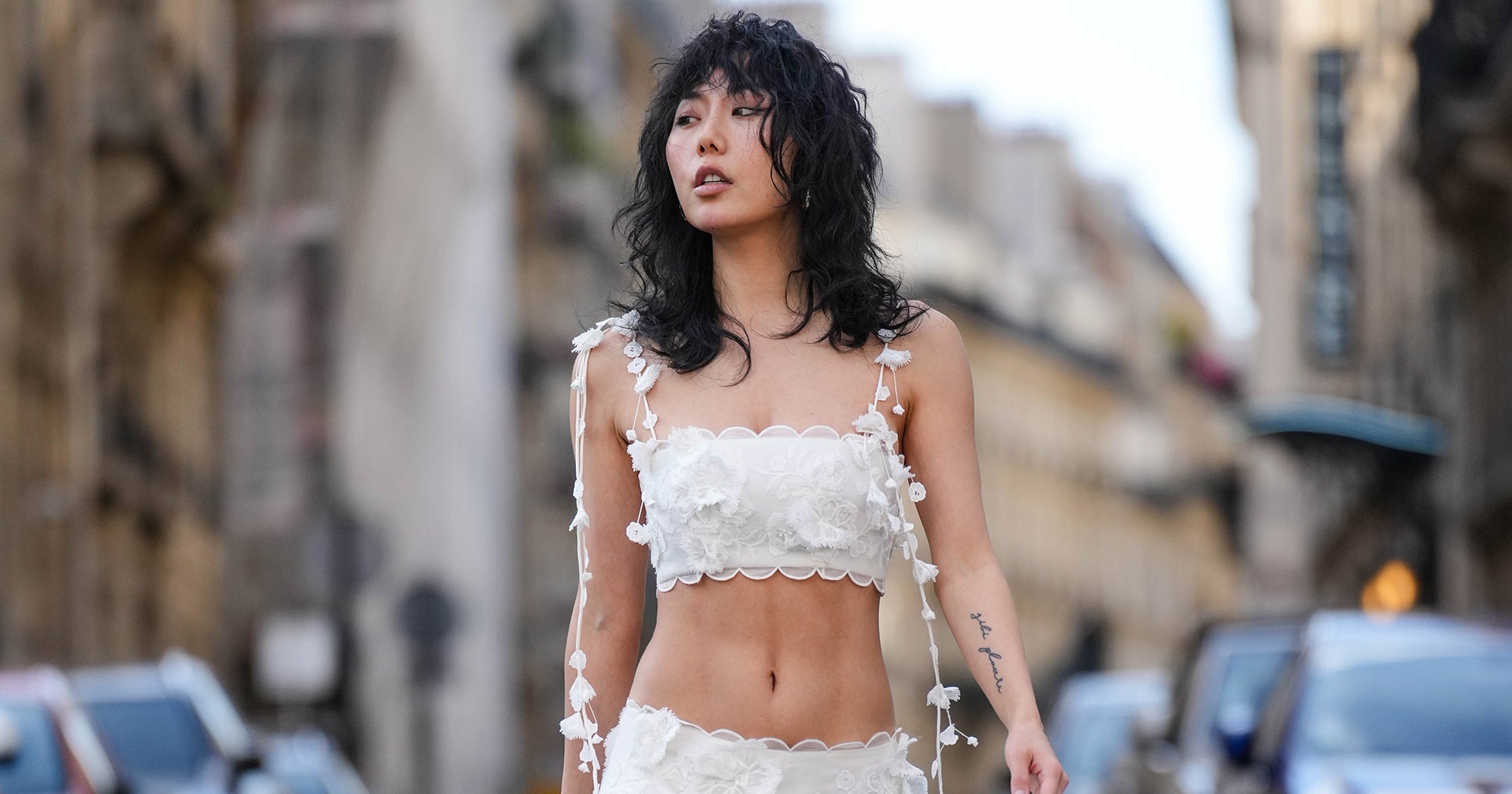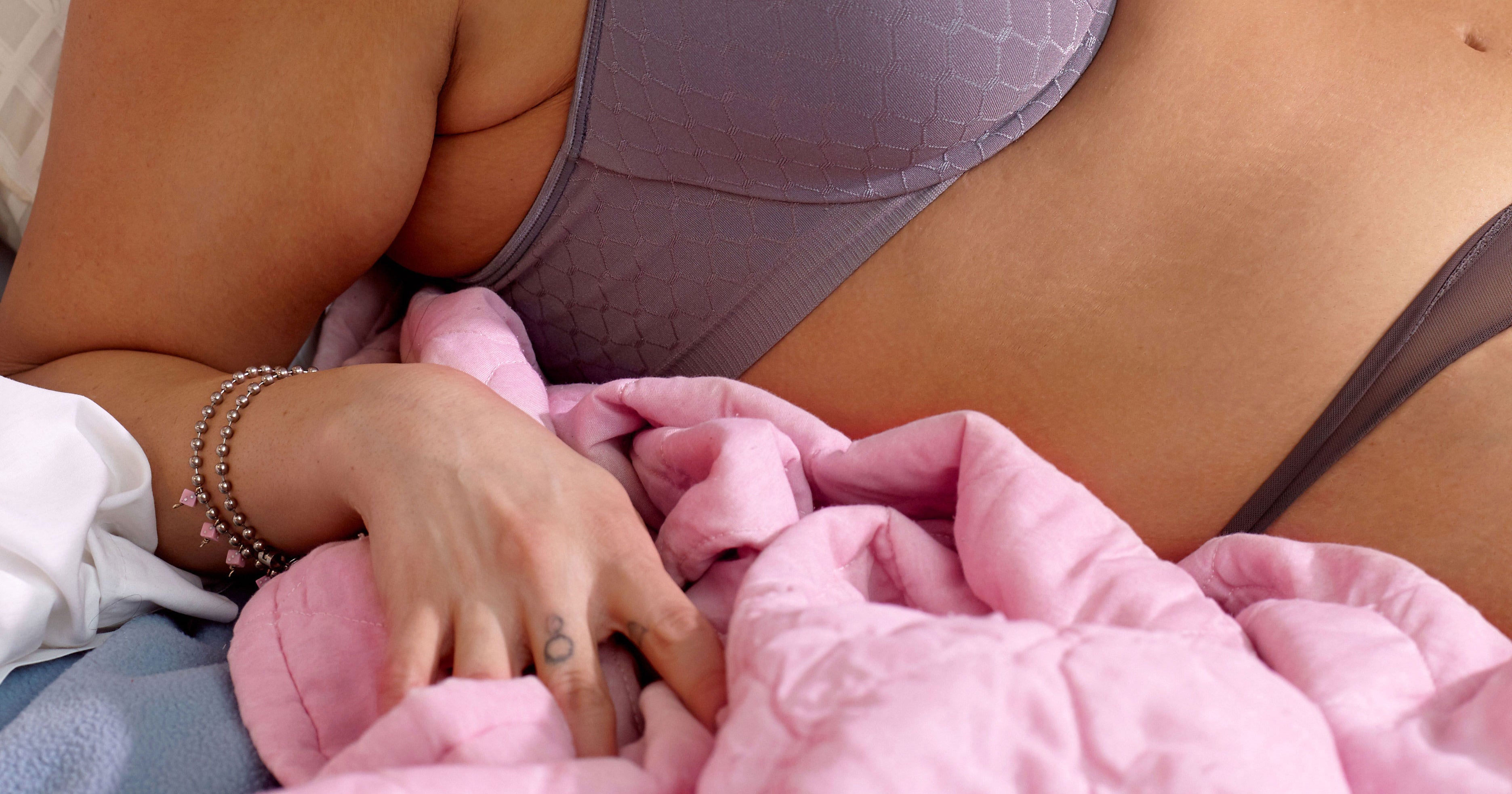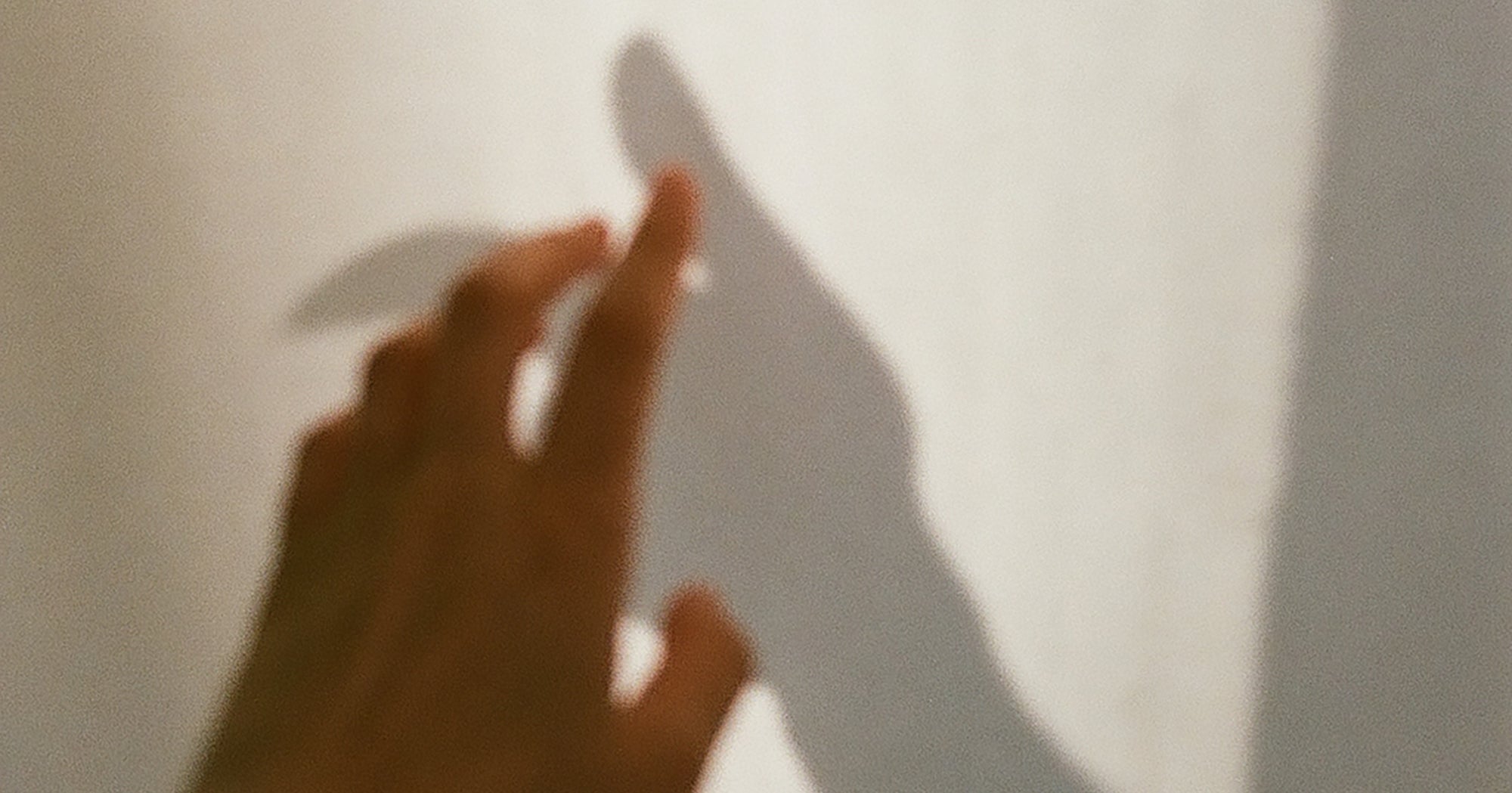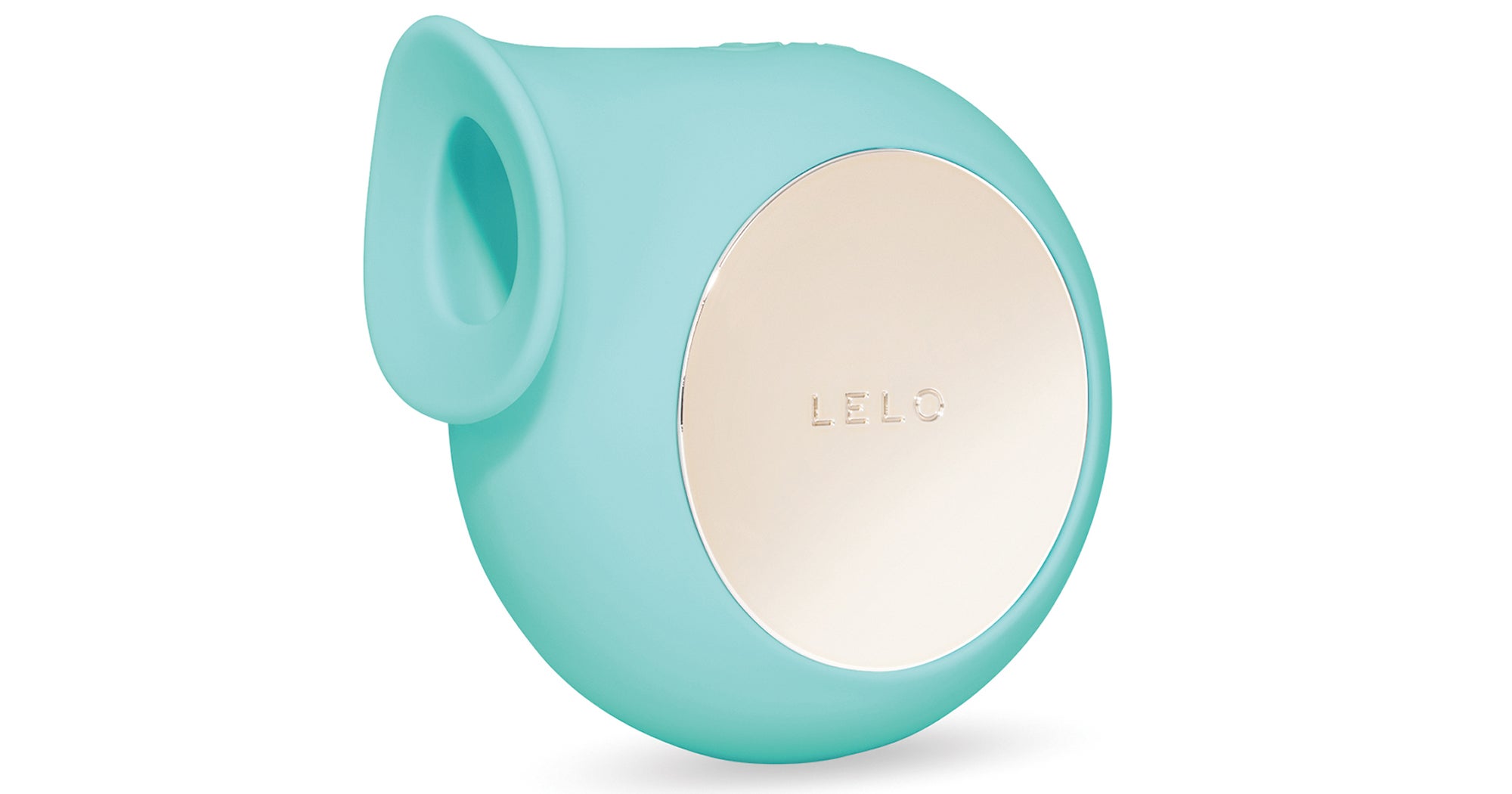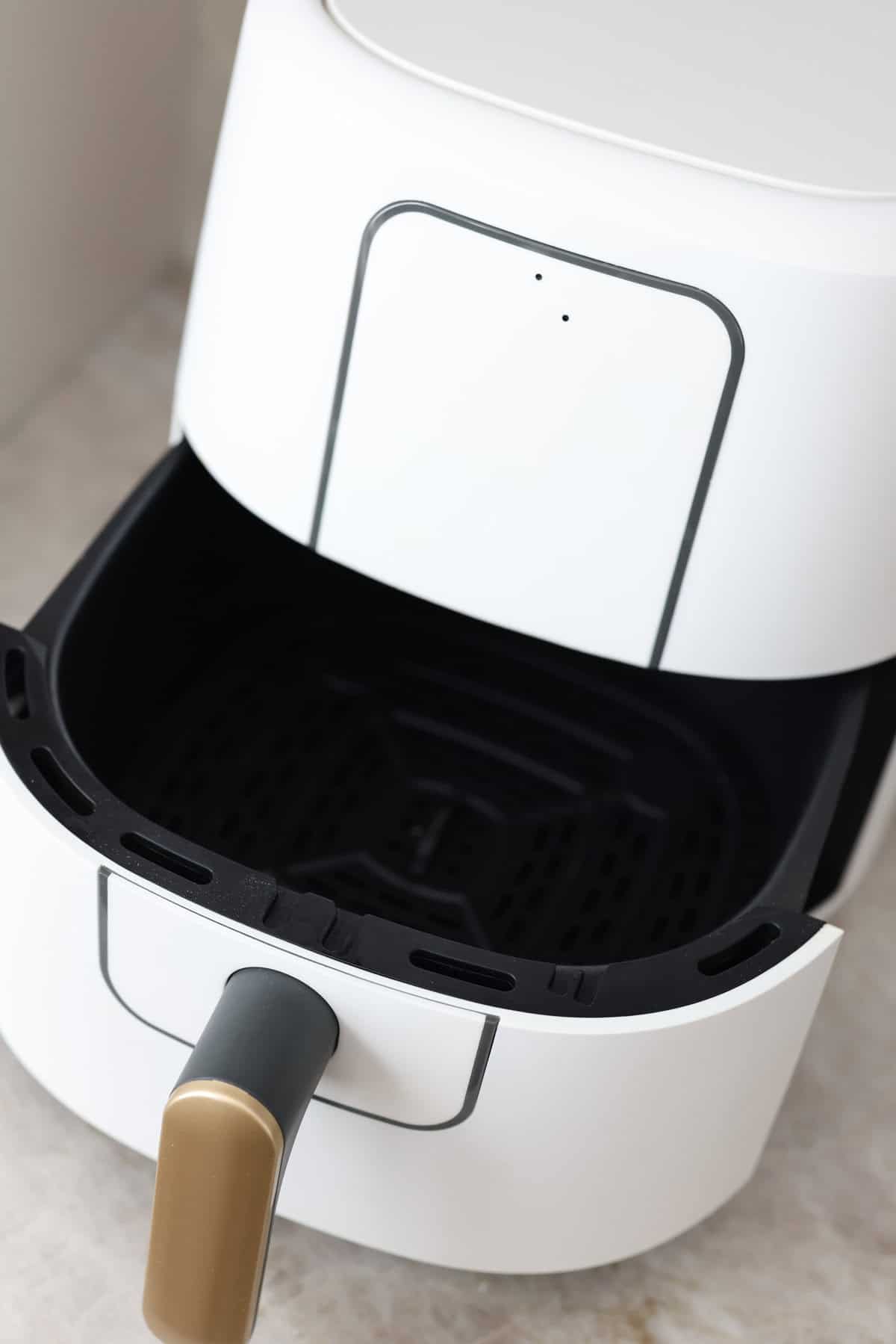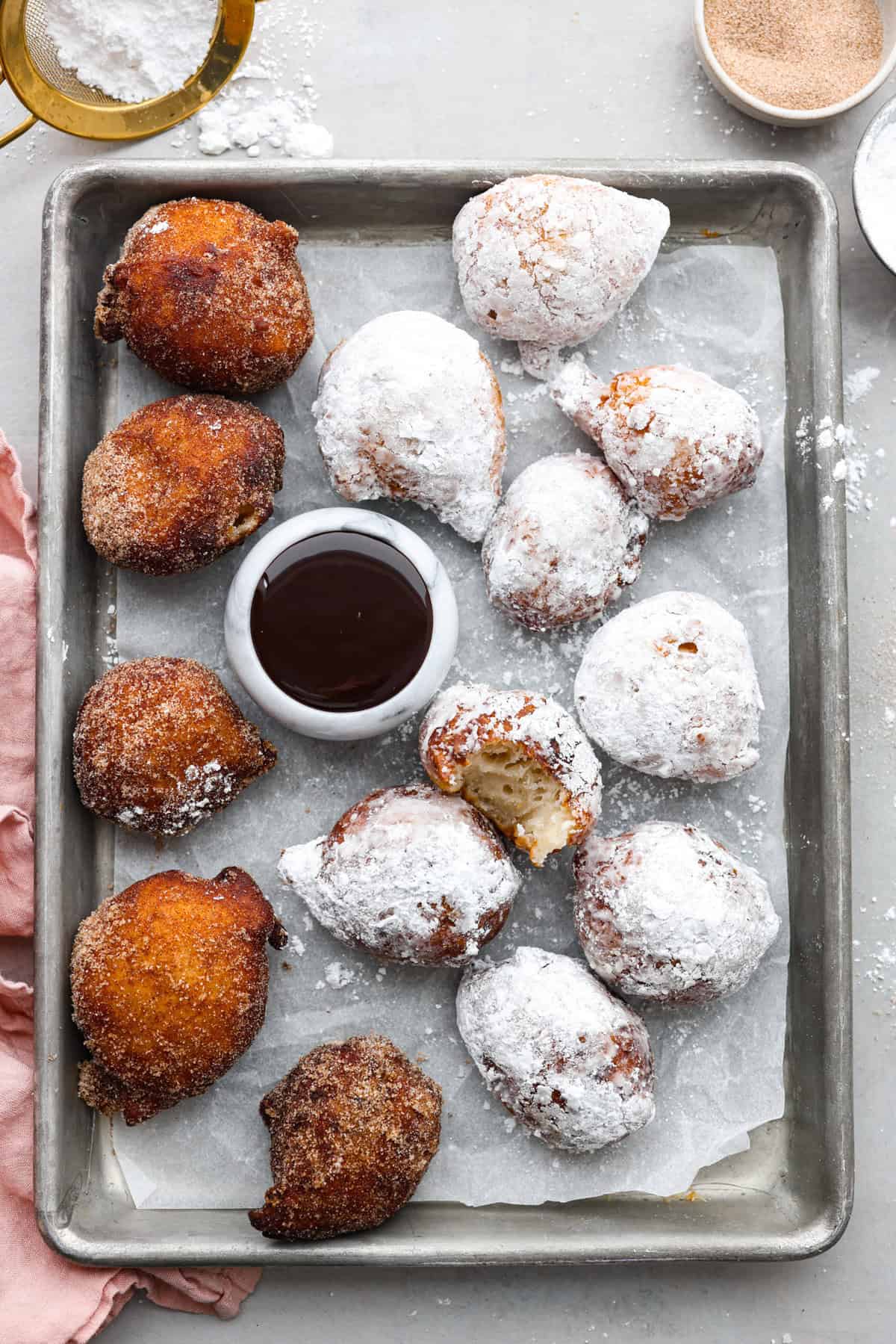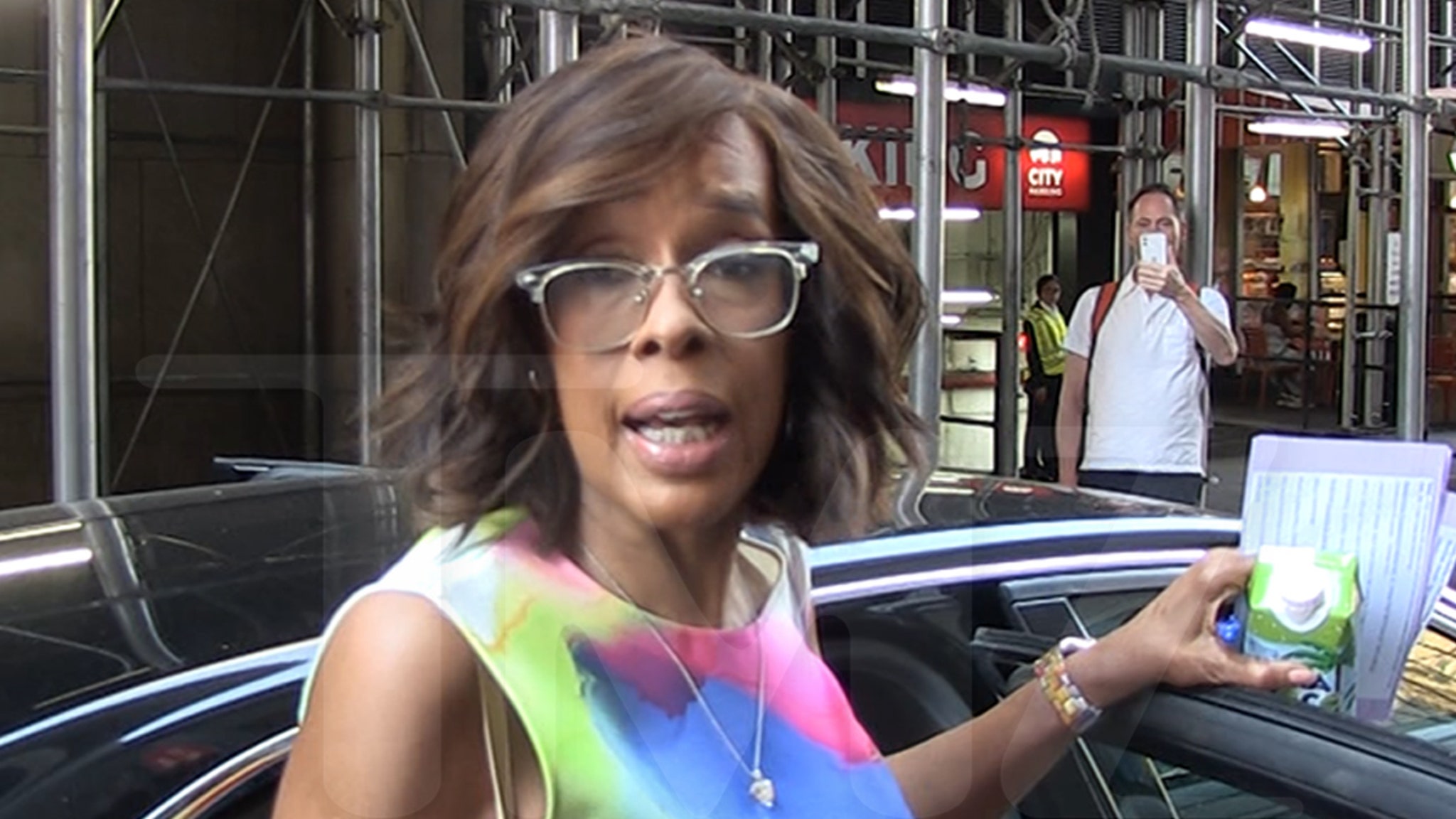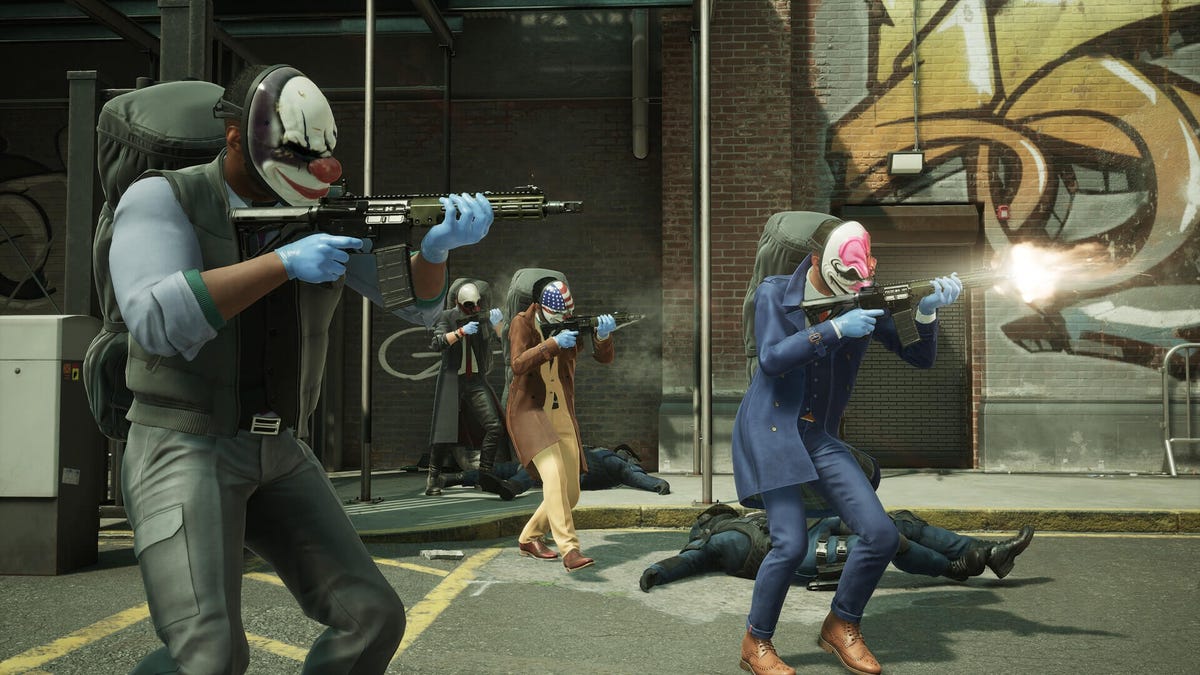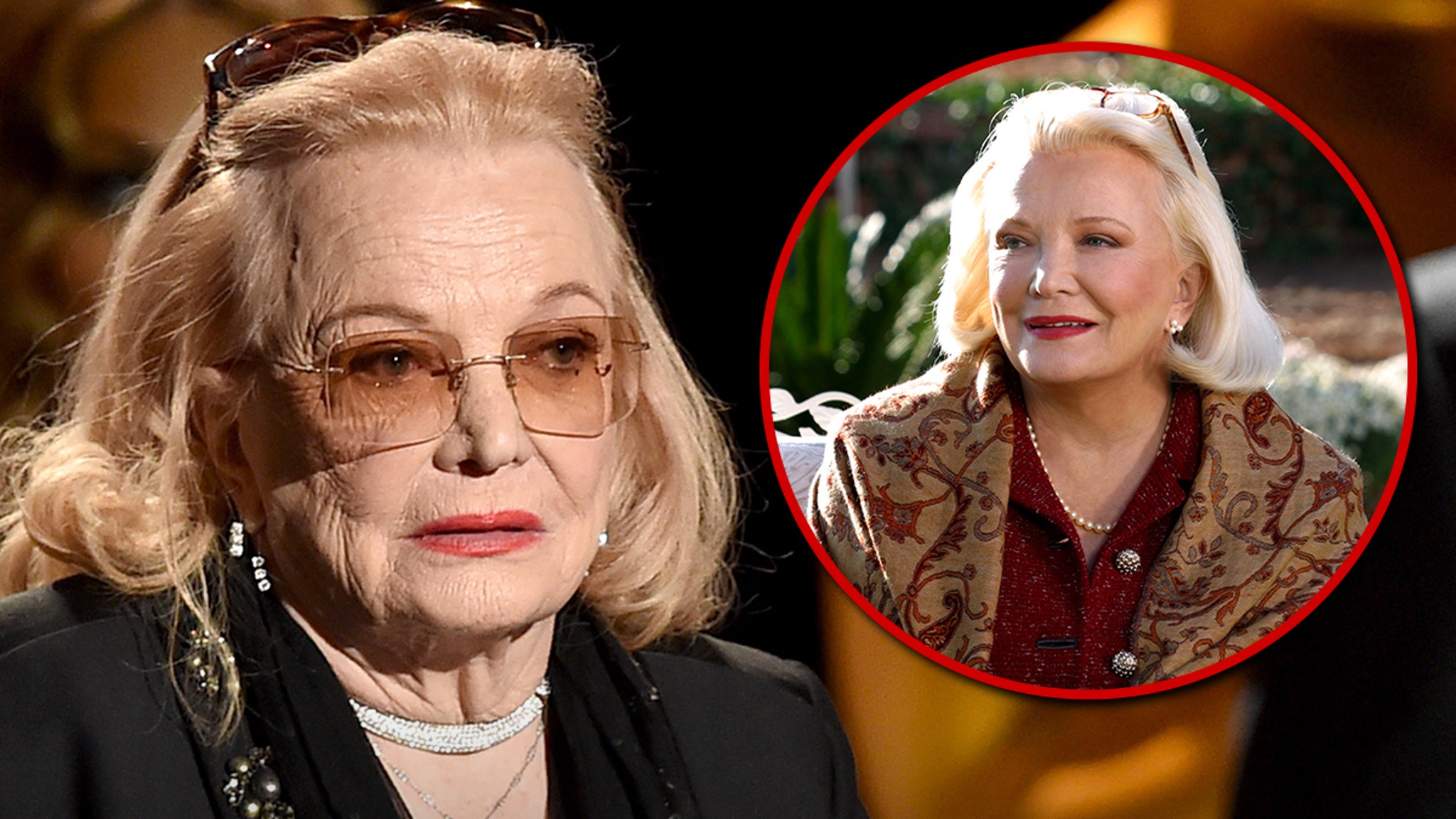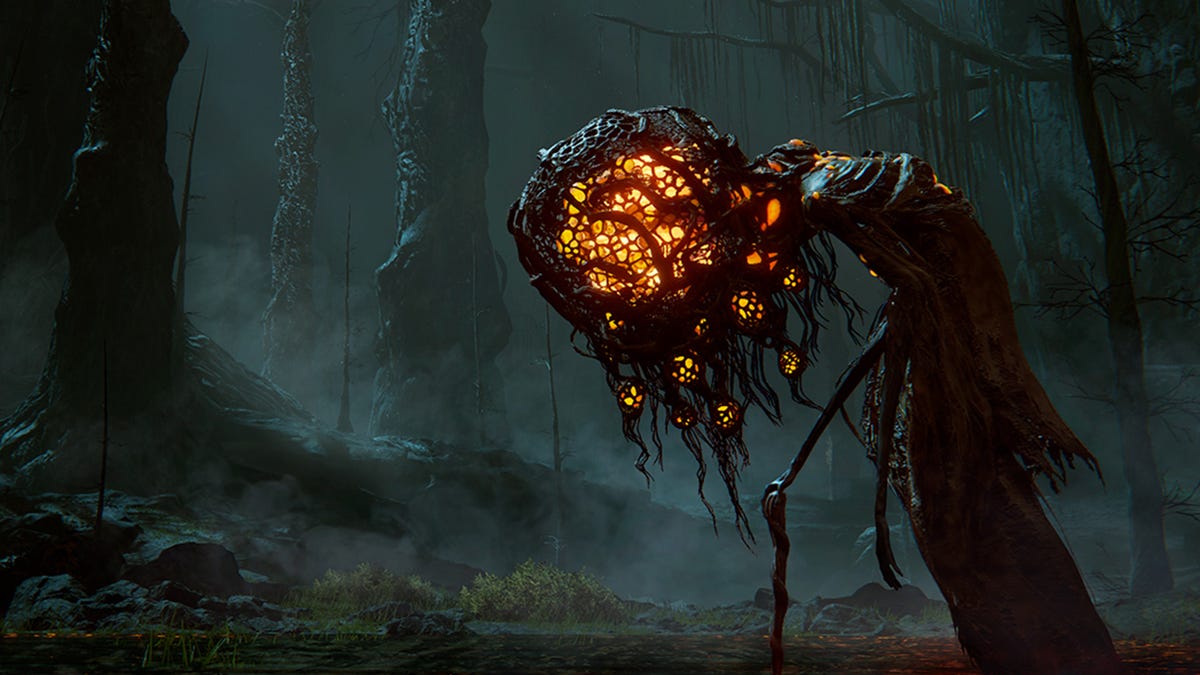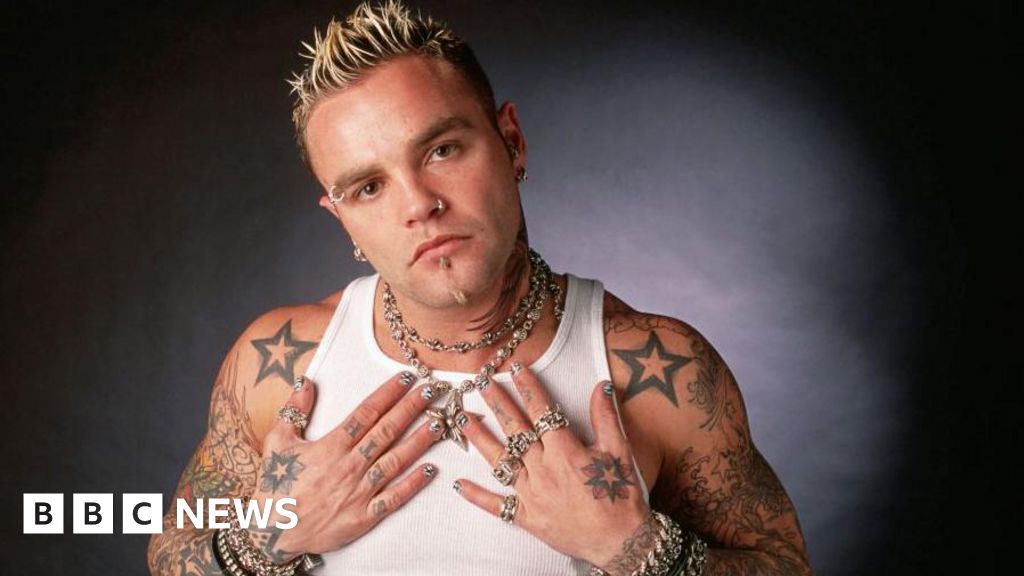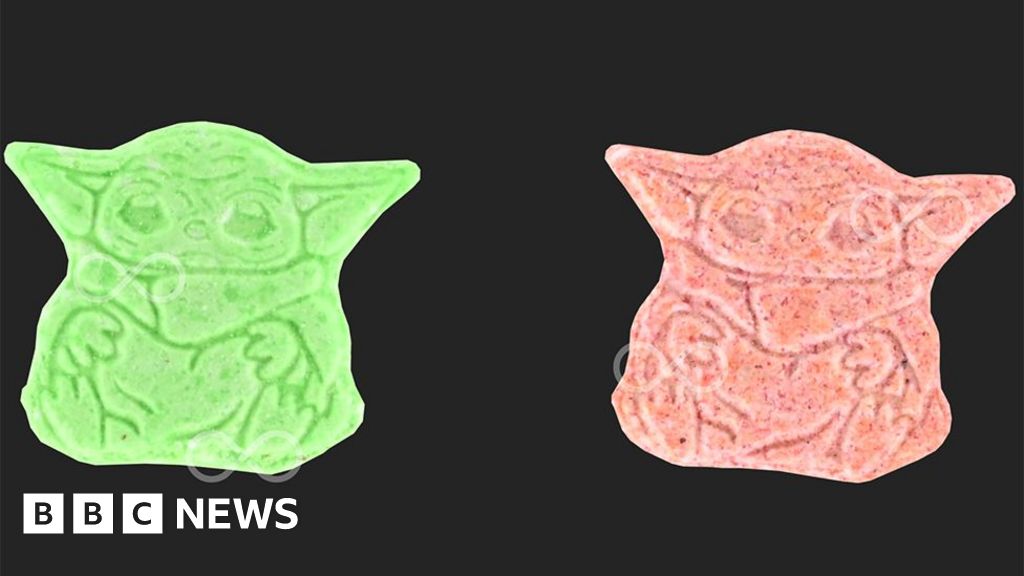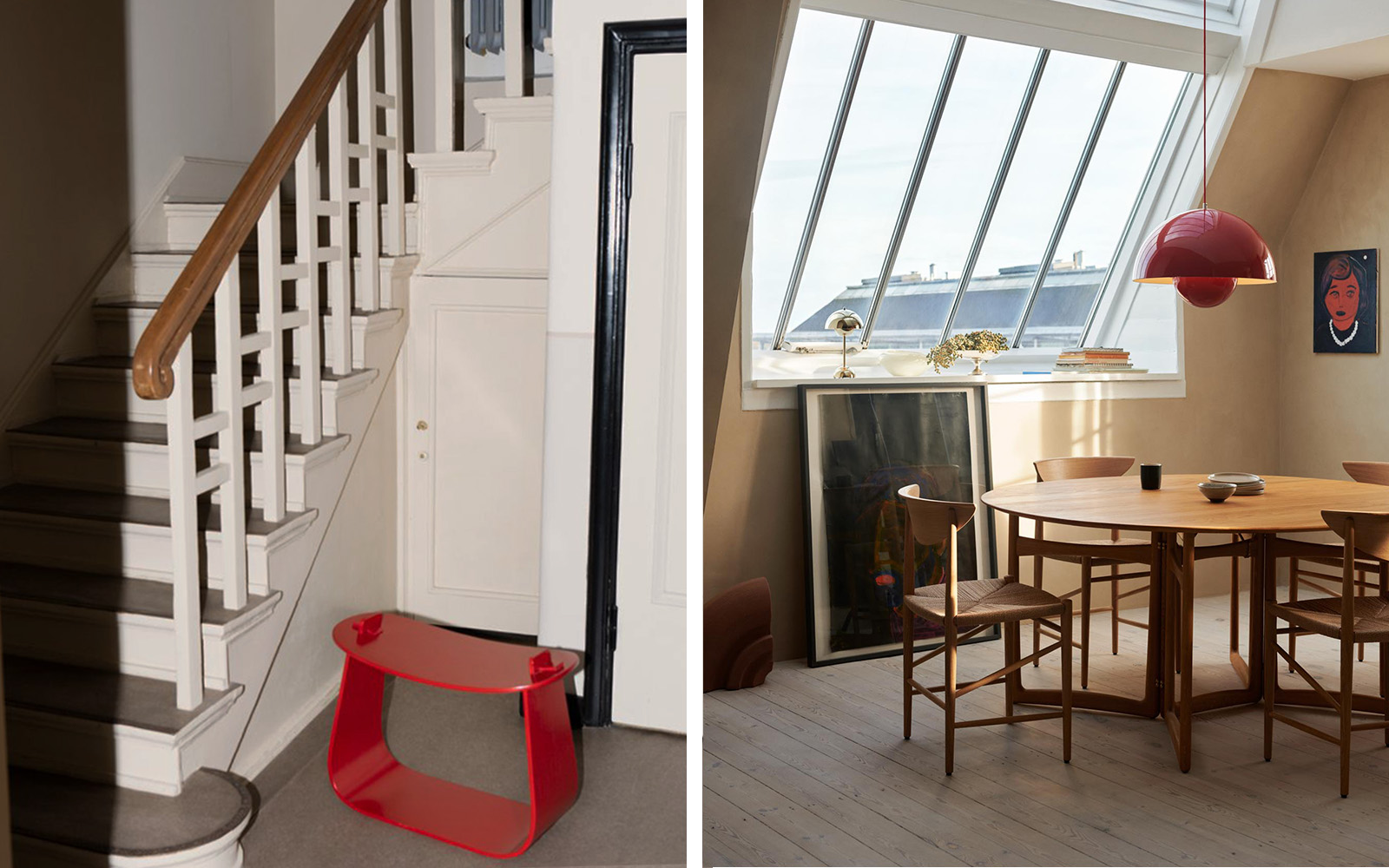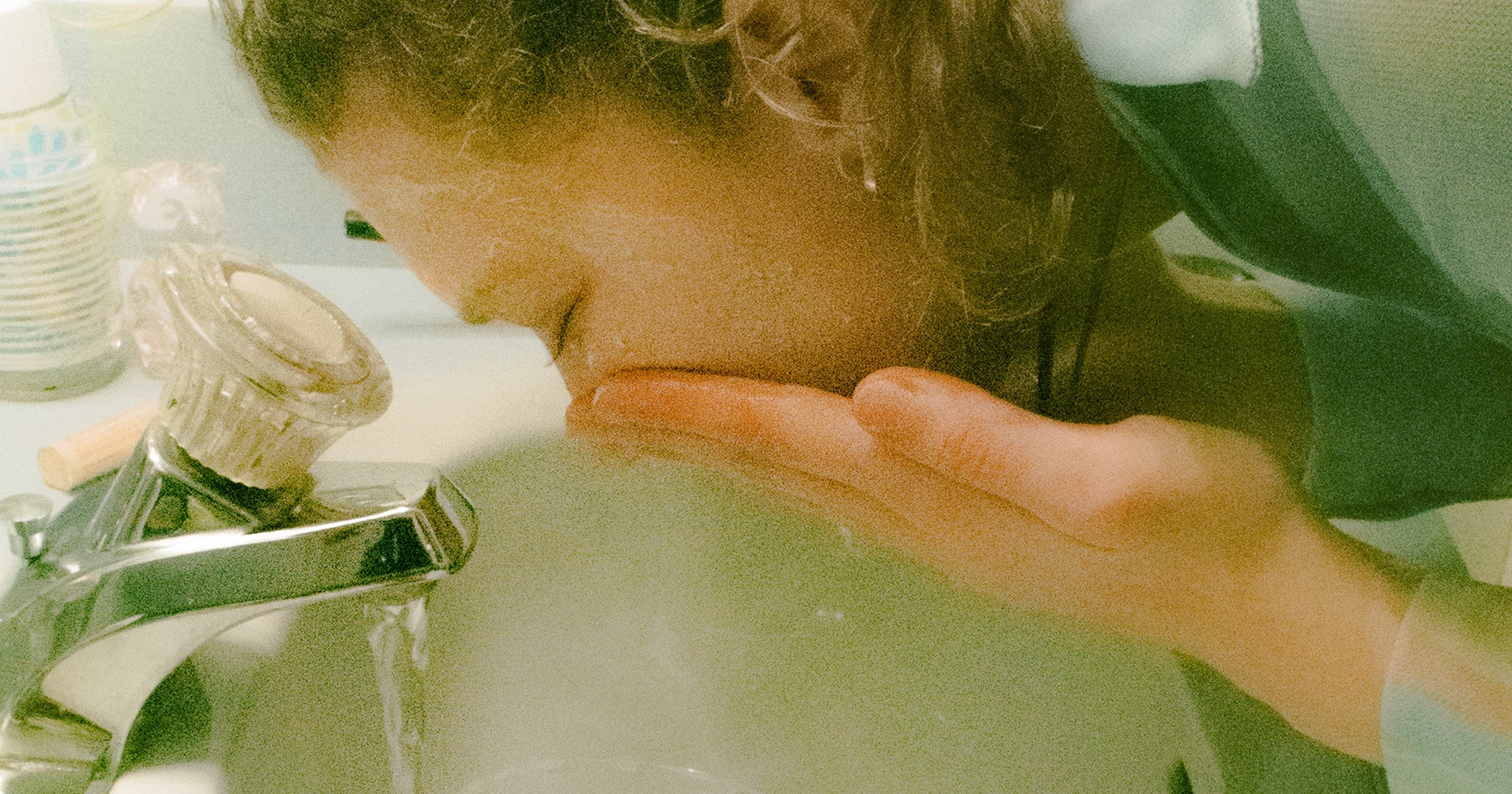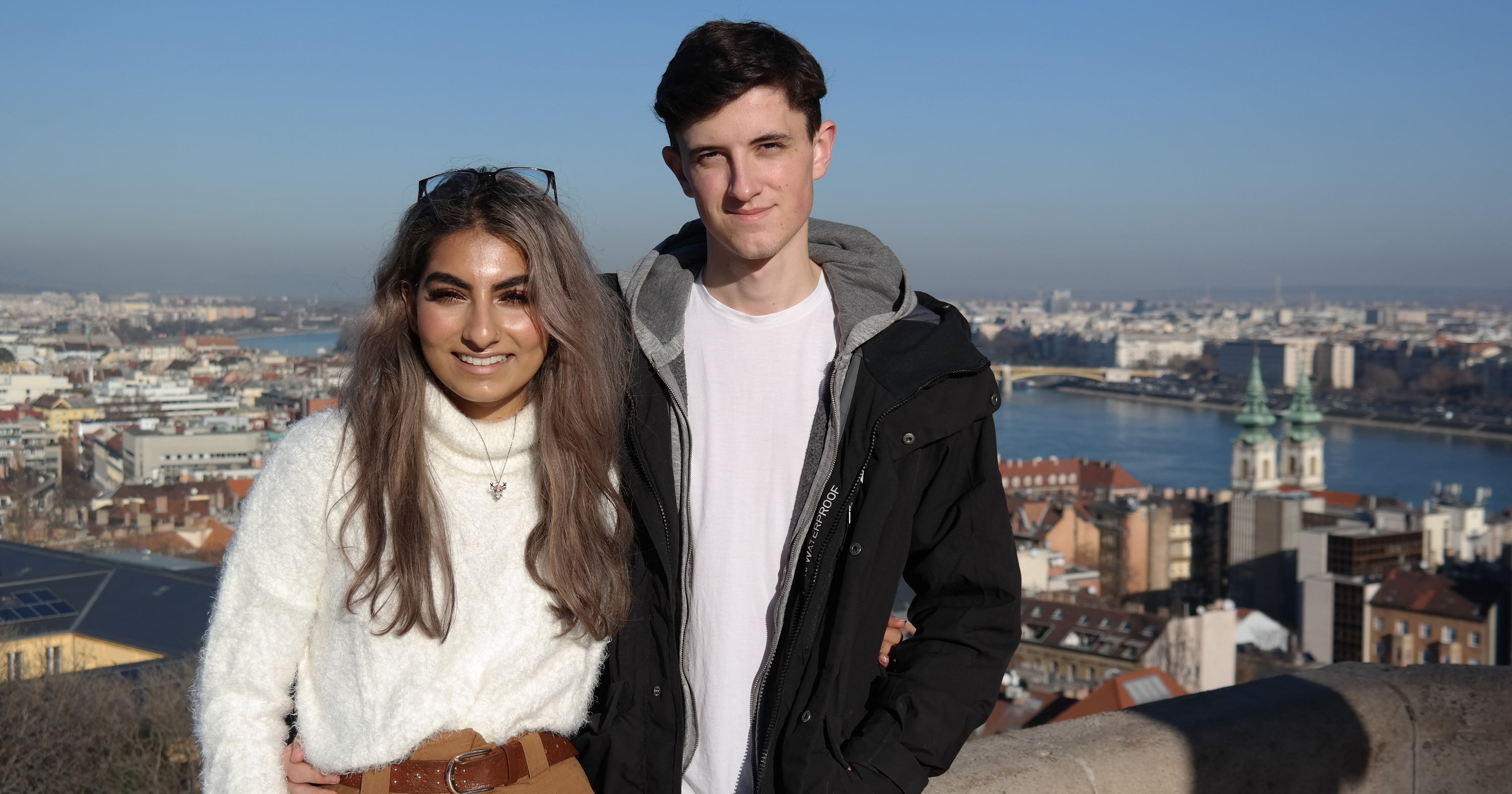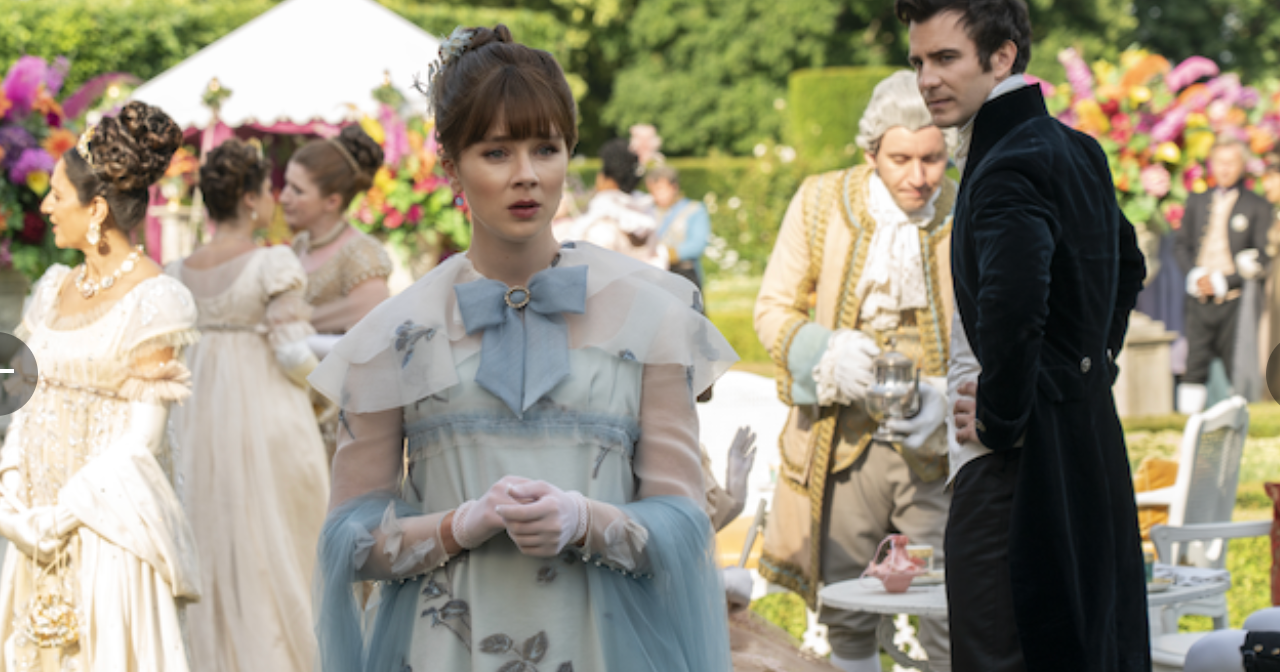Stockholm’s Market Art Fair Finds Its Footing
The biggest and most prestigious art fair in the Nordics is coming into its own. The post Stockholm’s Market Art Fair Finds Its Footing appeared first on Scandinavia Standard.


Everyone’s got a bottom line, as the adage goes. But when it comes to an event as sprawling and complex as an art fair, is the bottom line really the point? At Stockholm’s Market Art Fair, the biggest, longest-running, and most prestigious contemporary art bazaar in Scandinavia, the answer depends on who you ask.
Since its founding in 2006, Market has become a focal point of the Nordic art scene. Attendance at its annual edition has grown exponentially in the post-COVID era, with visitor numbers in 2024 promising double the rate of 2022.
As a platform intended to bridge the local and international art communities, it brings 47 galleries from Sweden, Denmark, Norway, Finland, and Iceland into conversation with visitors from around the world. In a bid for increased diversity, its 100 exhibiting artists must have “Nordic connections,” rather than Nordic citizenship.

Saskia Neuman Gallery at Market Art Fair. Photo by Jean-Baptiste Béranger
“Market was started in 2006 as a huge commercial fair– but it has morphed over time into something smaller and more intimate,” said Acting Director Josefine Hardstedt over burrata on opening night. “The participator selection is quite competitive, and it’s run by galleries, with a board of directors populated by collectors and museum directors. Market is about gallery presentations, the art itself, and the curation of the art. That is really the heart of the fair.”
The notion is appealing, if somewhat over-earnest: an art fair who’s stated goal is not, in fact, to sell art, but rather to enrich and inspire? Indeed, every art fair is shaped by a range of nuanced – you might say conflicting – motivations.
On one hand, there’s the commercial impetus of making the sale; on the other, the instinct to drive the cultural zeitgeist with bold selections that push people’s boundaries, exposing them to new ideas and perspectives.
The question is whether Market can do both – or whether playing it safe, hedging to the trends, and presenting works that feel familiar above all, is the best path forward.

Above: Cecilia Hillström Gallery at Market Art Fair. Photo by Jean-Baptiste Béranger
“I think Market serves a clear purpose, and plays an incredibly important role on the Swedish and Scandinavian art scene,” says Marina Schiptjenko, co-founder of Andréhn-Schiptjenko Gallery and a Market regular. “Not much beyond those borders, if I’m being honest. But there’s nothing wrong with that. I think what it does achieve is to stimulate interest among people that are not necessarily interested in art – it’s a gateway for them, it opens new doors. And at the end of the day, that’s the most important thing.”
In the name of accessibility, this year’s program makes getting people in the door a primary consideration. Not only is fair entrance free for all under the age of 18, but it also includes the ongoing exhibitions at both participating sites, the Liljevachs Museum and the Spiritmuseum, both perched on the banks of Stockholm’s picturesque Djurgården Island.

Above: Andrehn-Schiptjenko. Photo by Jean-Baptiste Beranger
Free guided tours of the fair offer the uninitiated an easy, shame-free “art fair 101”—answering fundamental questions like “what actually is an art fair?”—while the Market Talk Program takes a practical approach to the reality of the art world, addressing such topics as “Why art at a business school?” and “Artists and Gallerists: how do they cohere?”
This purpose is embodied by Market Debut, an expansion of the fair launched last year to spotlight emerging galleries and artists. Celebrating the momentum of new galleries that popped up since COVID, the goal of Debut is to recognize fresh spaces that might not have name recognition – and to offer them a stepping-stone into both the main presentation at Liljevachs, and the art market.
“Market has a good reputation and good sales, and it’s very diverse,” said Rasmus Peter Fischer, founder of Aalborg’s HAGD Gallery in Denmark and a first-time participant in Debut. “I’ve shown at CHART in Copenhagen, but for me, Market is a great opportunity to getting to know new clients, new gallery friends, new dynamics.”

Above: v1 Gallery. Photo by Jean-Baptiste Béranger
Over at the main fair in Liljevachs, meanwhile, Market embodies the contemporary moment. Its sun-kissed halls pulse with friendly gestures, colors, and textures. Bright abstractions abound – by Ida Ekblad at Norwegian gallery Peter Lund, or in charming graphic lithographs by Jokum Nordström at BORCH Editions. There are ceramics, evoking coral or primordial life, their surfaces mottled like the moon.
At Stockholm’s CF Hill, hand-blown Murano glass works by Marie Louise Eckman, a grand-dame of Sweden’s Thespian world, offer fresh parodies of gendered space. In a range of chandeliers, hanging wall works, and sculptures, she places glass women in strange juxtapositions with symbols of domestic life: they lie prone under a hovering bed that threatens to crush them with its weight, or are served quietly on a plate amidst a range of crudités.
“This is our second year participating at Market, but I actually worked at the ad agency in 2006 that came up with Market Art Fair’s name,” said Michael Storakers, founder of Stockholm gallery CF Hill. “Since then, it has professionalized, and over the years reached a certain status. At Market, it’s very much about being part of the fair, the community. There is a clear purpose here: exposure, sales, new collectors – and it does that very well.”
Want more Nordic art? Check out our Artist Spotlight series.
Find out more about Market Art Fair.
The post Stockholm’s Market Art Fair Finds Its Footing appeared first on Scandinavia Standard.
What's Your Reaction?











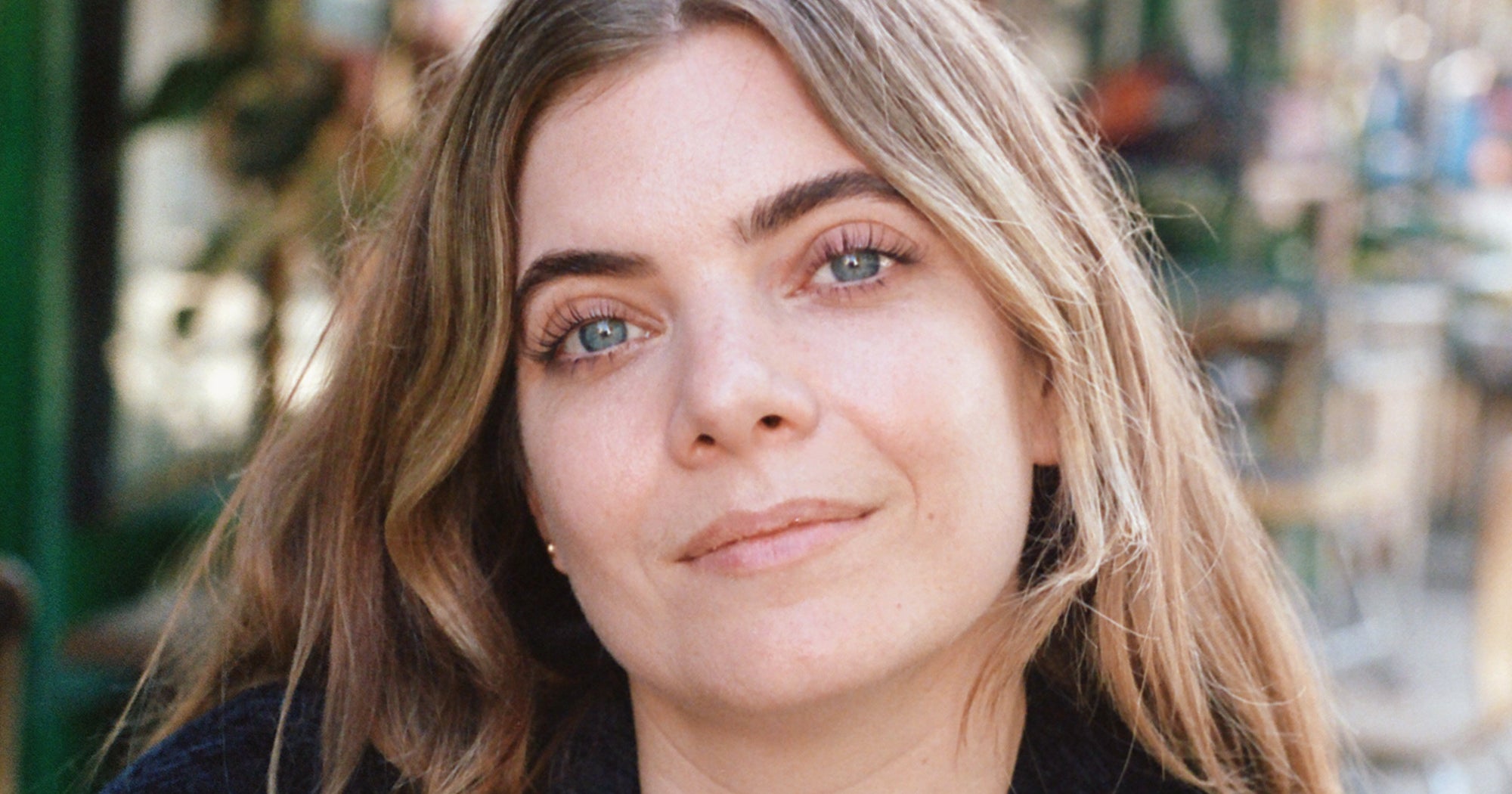
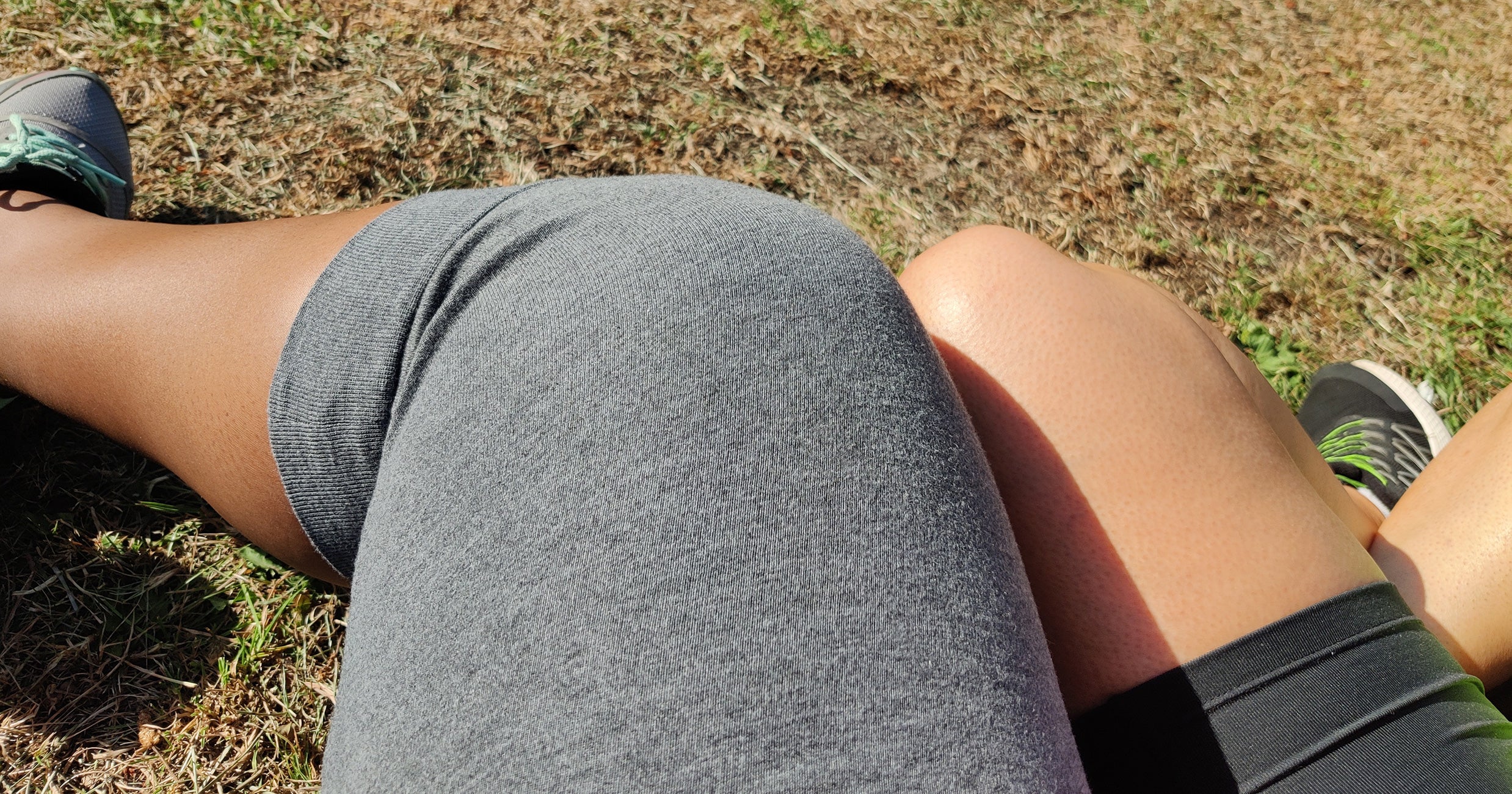









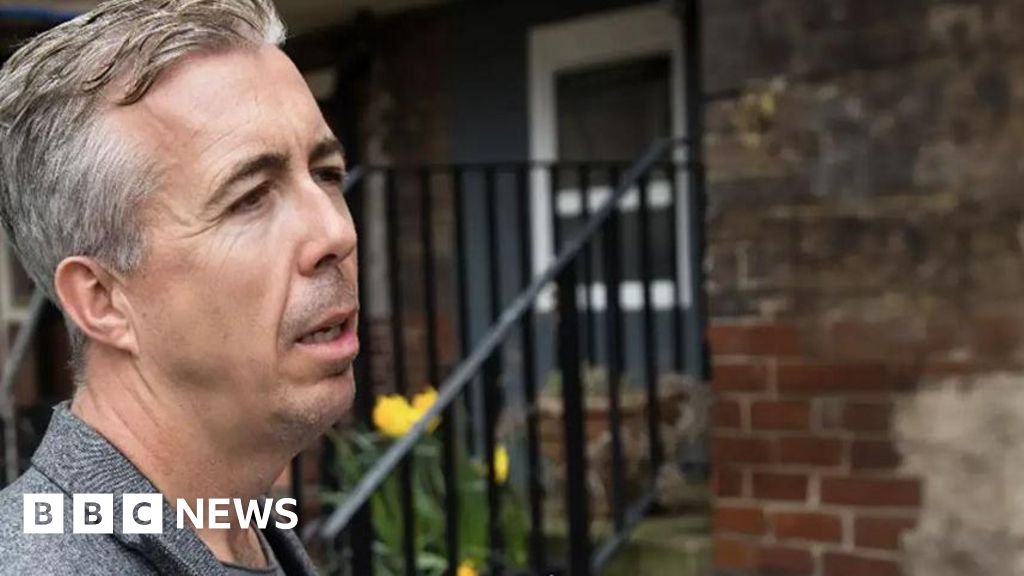
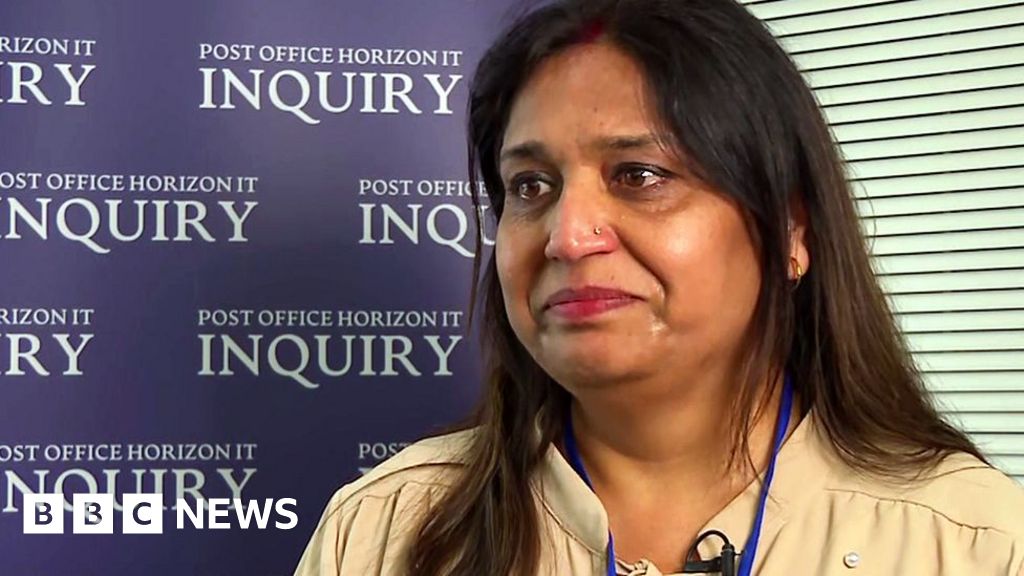
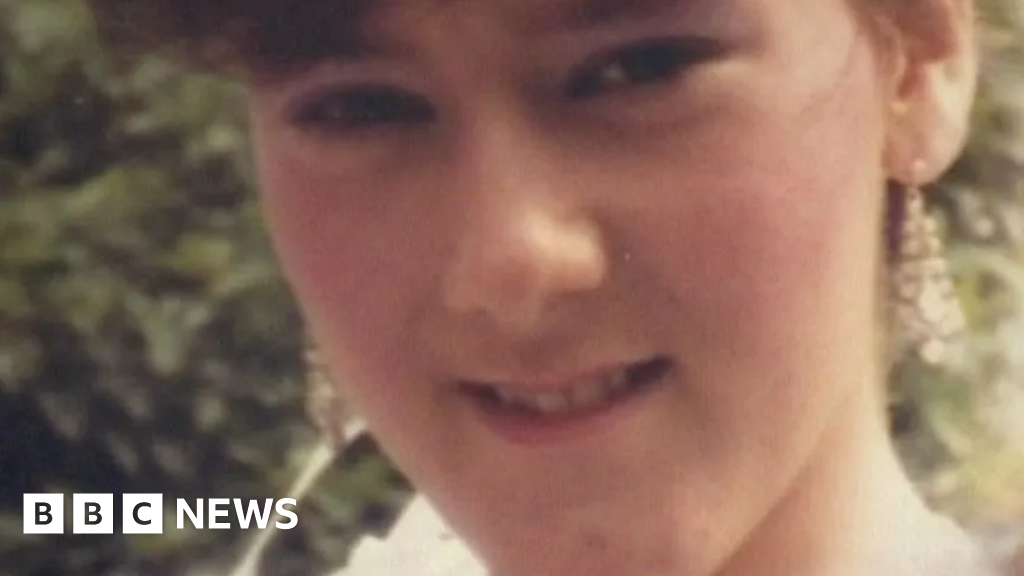






/cdn.vox-cdn.com/uploads/chorus_asset/file/25505975/Static_Official_Release__Horizontal_16x9__2560x1440_crop.jpg)
/cdn.vox-cdn.com/uploads/chorus_asset/file/25506323/vlcsnap_2024_06_25_16h06m34s808.png)




